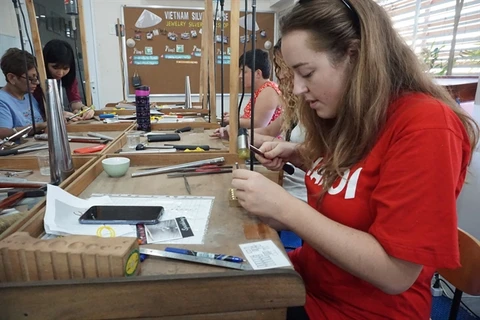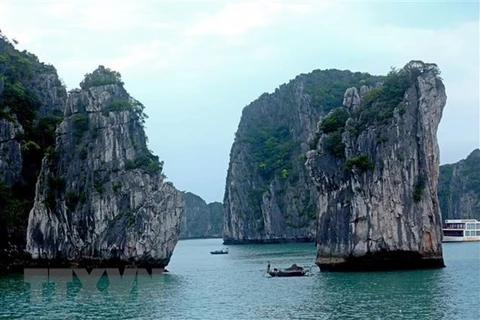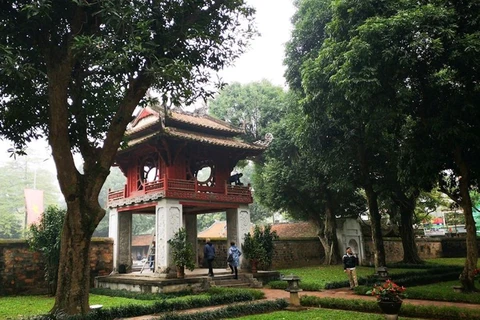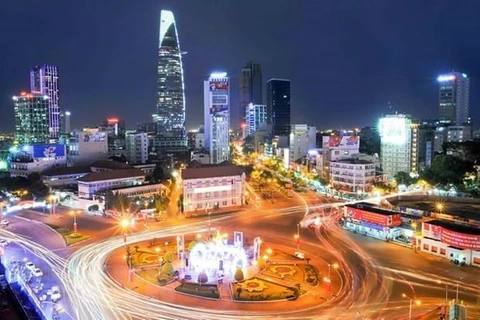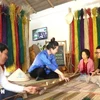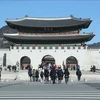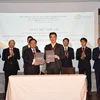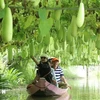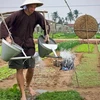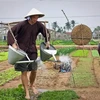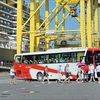Hanoi (VNS/VNA) - Developing human resources in tourism is key to help boost this industry sustainability, according to experts.
The tourism sector of Vietnam has seen impressive progress. Last year, the country welcomed 18 million international tourists, a year-on-year increase of 16 per cent and served 85 million domestic visitors.
Total revenue reached more than 720 trillion VND (31.1 billion USD) last year, up 16 percent in comparison with 2018.
The average growth rate of visitors in three consecutive years (2016-2019) saw a 22 percent average increase each year.
The country is ranked as one of the ten fastest growing tourist destinations in the world.
However, experts have warned the sector still faces many challenges, particularly the impacts of the COVID-19 epidemic in the first months of 2020.
Apart from measures to prevent and control the disease and gradually restructure the tourism market, the development of qualified human resources is needed to help the sector recover after the epidemic and develop in the future.
According to the Vietnam National Administration of Tourism, the sector needs around 40,000 labourers each year. However, the number of students graduating from schools in the field of tourism was only 15,000 with a little over 12 percent from universities and colleges or higher education.
Director of HCM City’s Department of Tourism Bui Ta Hoang Vu said human resources serving the tourism sector failed to meet demand.
The city requires an increase of 12-15 percent in the number labourers each year, but supply cannot keep up with real demand.
The city has more than 60 establishments providing tourism training at three levels – universities, colleges and vocational schools. However, they could only meet 60 percent of recruitment demand.
Other localities like Binh Duong, Can Tho, Kien Giang and Ca Mau face the same problem.
While the lack of human resources remains a headache for the tourism sector, quality also fails to meet requirements.
Many businesses have to spend time and money to retrain new workers to match job requirements.
Nguyen Quoc Ky, Director General of Vietravel – one among leading travel companies in Vietnam, said most travel agencies had to retrain newly-recruited workers for up to a year. “This is a huge waste,” he said.
Chairman of the HCM City Tourism Association Tran Hung Viet said development demand of many localities kept increasing but the human resources quality remained limited.
The lack of and weakness in professional skills of human resources are among key problems. Foreign language competency of the labourers also needs improvement, he said.
In order to improve the quality of the tourism human resources, many training establishments have moved towards provision of training in close connection with demands and with more focus on practice.
Principal of Hoa Sen University Mai Hong Quy said connecting universities with businesses is the common trend globally.
Students would have the chance to gain experience at hotels, travel agencies and restaurants to improve their professional skills.
Apart from reforming and improving training quality at training schools, tourism businesses also regularly organised courses to help their employees keep up with new trends and increasing demand.
A representative from Saigontourist Company in HCM City said more than 1,000 tour guides of the company often had their knowledge and skills updated and improved via annual training courses. Regular training helped the company develop business strategies effectively.
Deputy Director of the HCM City’s Tourism Department Nguyen Thi Anh Hoa said the department had paid more attention to improving professional skills and foreign language competence for workers.
In 2019, the department coordinated with the city’s Tourism Association to organise competitions for tourism labourers, creating conditions for them to update, learn and exchange skills and knowledge.
It plans to organise management training courses in the 4.0 Industry with funds mobilised from the society, according to Hoa.
Courses on eco-tourism, community-based tourism and tourism promotion would also be held, she said.
Head of the Training Department under the HCM City Tourism Association Huynh Quoc Thang said the tourism sector had integrated stronger in the international community. Vietnam had become a member of the World Tourism Organisation, the Asia-Pacific Tourism Association and the Southeast Asian Tourism Association.
"Improvement in human resources quality plays an important role to affirm the country’s position in the regional and global markets," he said.
The tourism sector strives to receive around 20.5 million international visitors and serve 90 domestic tourists in 2020, which is expected to earn more than 830 trillion VND./.
VNA

